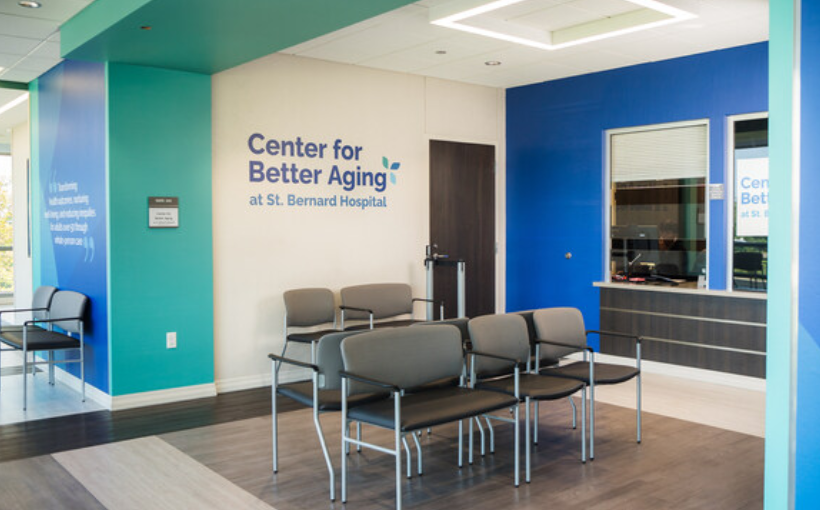According to Cushman & Wakefield’s Q2 statistics, the Greater Boston area has seen stable new leasing in the office market but an increase in vacancies. The industrial market has maintained consistent leasing activity while experiencing a rise in vacancy rates. However, there has been a decrease in demand for life sciences properties.
In terms of office space, nearly 870,000 square feet were leased with the 128 Central and Financial District submarkets leading the way. Despite this positive trend, vacancy rates have risen to 16.2%, although sublease availability remains steady. Direct asking rents have also increased by $4.20 per square foot compared to last year but have since stabilized.
The industrial sector is facing higher vacancy rates at 8.5%, mainly due to the performance of the 495 South and North submarkets.
However, Urban North rents saw a significant increase of 27% year-over-year reaching $25..38 per square foot.
Leasing activity was led by over460,,000square feetinthe495Northsubmarket.
Ontheotherhand,the lifesciencessectorhasexperiencedacontractionindemandwithonly141,,000squarefeetleasedandavacancyrateof26%.Cambridgeremainsstrongwitha17.%vacancyrate.Despiteathirdconsecutivequarterlydecline,theaskingrentsremained6%%higherthanthepreviousyearat$90..39persquarefoot..
This article discusses how demand for life sciences properties decreased during Q2 across Greater Boston according to Cushman & Wakefield’s latest report on commercial real estate trends.The city experienced stable new leases for offices,but also saw an uptick invacancies.Direct asking rentshaveincreasedcomparedtotheyearbefore,buthave nowstabilized.In contrast,vacanciesintheindustrialmarketrose,anddemandforlifesciencespropertiesfell.However,Cambridgecontinuesto performwellwitha17.6%vacancyrateandaskingrentsremainingabovepreviousyear’sfiguresdespiteafallinthequarter.




